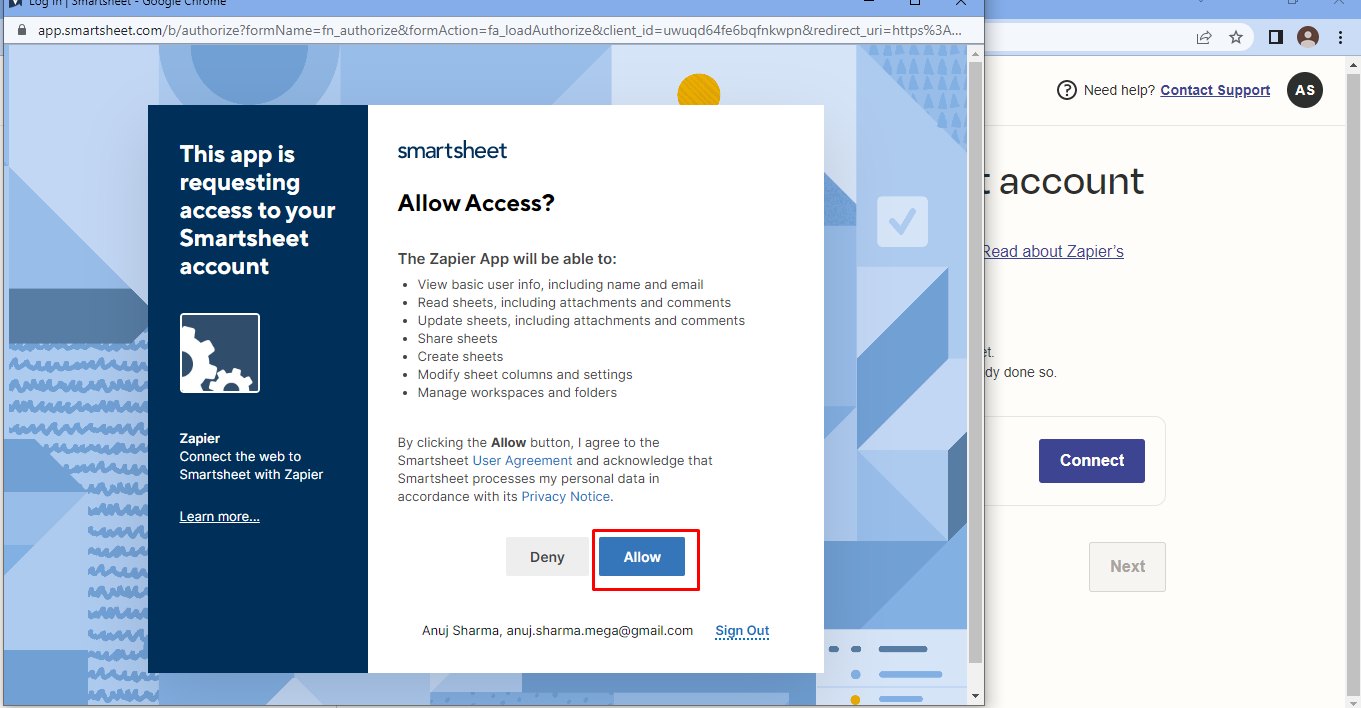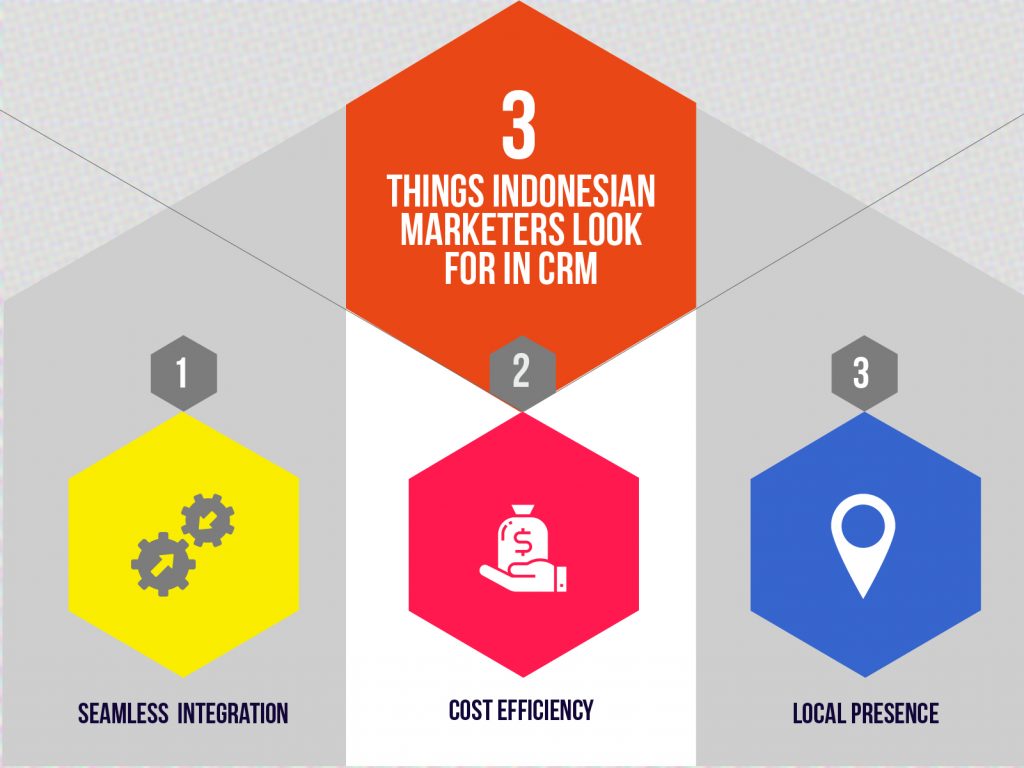
Small Business CRM Checklist 2025: Your Ultimate Guide to Choosing & Implementing the Perfect System
Running a small business is a whirlwind. You’re juggling a million things – from product development and marketing to customer service and finances. In the midst of all this, keeping track of your customer relationships can easily fall by the wayside. That’s where a Customer Relationship Management (CRM) system steps in. But choosing the right CRM for your small business can feel overwhelming. This comprehensive checklist for 2025 will guide you through every step, ensuring you select and implement a CRM that truly empowers your growth.
Why a CRM is Essential for Small Businesses
Before we dive into the checklist, let’s clarify why a CRM is no longer a luxury but a necessity for thriving in today’s competitive landscape. A CRM acts as the central nervous system of your customer interactions. It helps you:
- Organize Customer Data: Say goodbye to scattered spreadsheets and sticky notes. A CRM centralizes all customer information in one accessible place, providing a 360-degree view of each customer.
- Improve Customer Service: With instant access to customer history and preferences, your team can deliver personalized and efficient service, leading to happier customers.
- Boost Sales: CRM systems help you identify and nurture leads, track sales progress, and automate repetitive tasks, freeing up your sales team to focus on closing deals.
- Enhance Marketing Efforts: CRM data provides valuable insights into customer behavior, allowing you to create targeted marketing campaigns that resonate with your audience.
- Increase Efficiency: Automate tasks like email marketing, appointment scheduling, and follow-ups, saving you time and resources.
- Make Data-Driven Decisions: CRM analytics provide valuable insights into your business performance, helping you make informed decisions about sales, marketing, and customer service.
In essence, a CRM empowers you to build stronger customer relationships, drive revenue growth, and streamline your business operations. It’s an investment that pays dividends over time.
The Small Business CRM Checklist 2025: Your Step-by-Step Guide
This checklist is designed to be your roadmap to CRM success. We’ll break down the process into manageable steps, from defining your needs to implementing and optimizing your chosen system.
Phase 1: Define Your Needs and Goals
Before you even start looking at CRM vendors, it’s crucial to understand your specific needs and goals. This will ensure you choose a system that aligns with your business objectives.
- 1.1 Identify Your Business Objectives: What are your primary goals for implementing a CRM? Are you looking to increase sales, improve customer retention, streamline marketing efforts, or all of the above? Clearly define your objectives to guide your selection process.
- 1.2 Analyze Your Current Processes: Examine your existing workflows for sales, marketing, and customer service. Identify pain points and areas for improvement. This will help you determine the features you need in a CRM.
- 1.3 Define Your Target Audience: Who are your ideal customers? Understanding your target audience will help you tailor your CRM implementation to meet their specific needs and preferences.
- 1.4 Determine Your Budget: CRM systems come in various price ranges. Set a realistic budget that includes not only the software cost but also implementation, training, and ongoing maintenance expenses.
- 1.5 Assess Your Technical Capabilities: Consider your team’s technical skills and your existing IT infrastructure. Choose a CRM that aligns with your technical capabilities and offers adequate support and training.
Phase 2: Research and Evaluate CRM Vendors
Once you have a clear understanding of your needs, it’s time to explore the market and evaluate different CRM vendors. This phase requires careful research and comparison.
- 2.1 Research CRM Vendors: Conduct thorough research to identify potential CRM vendors. Look for vendors that specialize in small businesses and offer the features you need. Read reviews, compare pricing, and explore their websites.
- 2.2 Prioritize Key Features: Based on your needs analysis, create a list of essential features. These might include contact management, sales pipeline management, marketing automation, customer service tools, reporting and analytics, and integration capabilities.
- 2.3 Evaluate User-Friendliness: The CRM should be easy to use and intuitive for your team. Look for a system with a clean interface, drag-and-drop functionality, and helpful tutorials.
- 2.4 Assess Integration Capabilities: Consider how the CRM will integrate with your existing tools, such as email marketing platforms, accounting software, and social media channels. Seamless integration is crucial for data flow and efficiency.
- 2.5 Consider Scalability: Choose a CRM that can scale with your business as it grows. Look for a system that offers different pricing plans and features to accommodate your evolving needs.
- 2.6 Evaluate Customer Support: Ensure the vendor offers reliable customer support, including online documentation, email support, phone support, and live chat.
- 2.7 Request Demos and Free Trials: Request demos from your top CRM contenders to see the system in action. Take advantage of free trials to test the features and assess the user experience.
- 2.8 Check Security and Compliance: Prioritize a CRM that complies with data privacy regulations, such as GDPR and CCPA. Ensure the vendor has robust security measures in place to protect your customer data.
Phase 3: Select Your CRM and Plan for Implementation
After thorough research and evaluation, it’s time to make your decision and plan for implementation. This phase is crucial for a smooth transition.
- 3.1 Choose the Right CRM: Based on your evaluation, select the CRM that best meets your needs and budget. Consider factors like features, user-friendliness, integration capabilities, and customer support.
- 3.2 Develop an Implementation Plan: Create a detailed implementation plan that outlines the steps involved in setting up and deploying the CRM. This should include data migration, user training, and testing.
- 3.3 Data Migration Strategy: Plan how you’ll migrate your existing customer data to the new CRM. This may involve cleaning and formatting your data to ensure accuracy and consistency.
- 3.4 Define User Roles and Permissions: Determine user roles and permissions to control access to sensitive data and ensure data security.
- 3.5 Schedule Training: Schedule training sessions for your team to familiarize them with the new CRM. Provide comprehensive training materials and ongoing support.
- 3.6 Set Realistic Timelines: CRM implementation can take time. Set realistic timelines for each phase of the implementation process and allocate sufficient resources.
- 3.7 Consider Customization: Determine if you need to customize the CRM to meet your specific needs. Some CRMs offer customization options through integrations or custom development.
Phase 4: Implement, Train, and Test
This is where the rubber meets the road. Successful implementation requires careful execution and attention to detail.
- 4.1 Import Data: Import your customer data into the CRM, ensuring accuracy and completeness.
- 4.2 Customize the System: Configure the CRM to match your business processes and workflows. This may involve setting up sales pipelines, creating custom fields, and configuring email templates.
- 4.3 Train Your Team: Provide comprehensive training to your team on how to use the CRM. Encourage questions and provide ongoing support.
- 4.4 Test the System: Thoroughly test the CRM to ensure it’s functioning correctly and meeting your needs. Identify and address any issues before full deployment.
- 4.5 Roll Out the CRM: Gradually roll out the CRM to your team, starting with a pilot group if necessary.
- 4.6 Monitor and Troubleshoot: Monitor the system’s performance and address any issues that arise. Provide ongoing support to your team.
Phase 5: Optimize and Refine
CRM implementation is not a one-time event. Ongoing optimization and refinement are essential for maximizing the value of your CRM.
- 5.1 Monitor Usage and Adoption: Track CRM usage and identify areas where your team may need additional training or support.
- 5.2 Gather Feedback: Collect feedback from your team on their experience with the CRM. Use this feedback to make improvements and address any pain points.
- 5.3 Analyze Data and Reporting: Regularly review CRM data and reports to gain insights into your business performance. Use these insights to make data-driven decisions.
- 5.4 Refine Workflows: Continuously refine your workflows to improve efficiency and productivity.
- 5.5 Integrate with New Tools: Stay up-to-date with the latest CRM features and integrations. Integrate with new tools as needed to enhance your CRM’s capabilities.
- 5.6 Regular Audits: Conduct regular audits of your CRM data to ensure accuracy and completeness.
- 5.7 Stay Updated: CRM technology is constantly evolving. Stay informed about the latest trends and features to ensure your CRM remains effective.
Top CRM Systems for Small Businesses in 2025
The market is always evolving, but here are some of the top CRM systems that consistently rank high for small businesses, offering a blend of features, user-friendliness, and affordability:
- Zoho CRM: A popular choice known for its robust features, affordability, and scalability. It’s particularly well-suited for businesses that need a comprehensive CRM solution.
- HubSpot CRM: HubSpot offers a free CRM plan that’s ideal for small businesses just starting out. It’s known for its ease of use and integration with marketing automation tools.
- Pipedrive: Pipedrive is a sales-focused CRM that’s designed to help sales teams manage their pipelines and close deals. It’s known for its visual interface and user-friendly design.
- Salesforce Sales Cloud: While Salesforce offers a wide range of CRM solutions, their Sales Cloud is a strong option for small businesses looking for a more enterprise-level solution that can grow with them.
- Freshsales: Freshsales is a sales CRM built to help businesses acquire and nurture leads. It has features that help with lead scoring, email tracking, and phone integration.
Tips for CRM Success
Beyond the checklist, here are some additional tips to ensure your CRM implementation is a success:
- Get Buy-In from Your Team: Involve your team in the selection and implementation process to ensure they understand the benefits of the CRM and are invested in its success.
- Start Small and Scale Up: Don’t try to implement everything at once. Start with the core features and gradually add more features as your team becomes more comfortable.
- Clean and Maintain Your Data: Regularly clean and maintain your CRM data to ensure accuracy and completeness. Inaccurate data can lead to poor decision-making.
- Provide Ongoing Training and Support: Provide ongoing training and support to your team to ensure they’re using the CRM effectively.
- Track Your ROI: Measure the return on investment (ROI) of your CRM implementation to assess its effectiveness.
- Be Patient: CRM implementation takes time and effort. Be patient and persistent, and you’ll eventually see the benefits.
Conclusion: Embracing the Future of Customer Relationships
Choosing and implementing a CRM system is a significant step for any small business. By following this 2025 checklist, you can navigate the process with confidence and select a system that empowers your growth. Remember that a successful CRM implementation is an ongoing process, requiring continuous optimization and refinement. By embracing the power of CRM, you can build stronger customer relationships, drive revenue growth, and achieve long-term success. The future of business is customer-centric, and a well-chosen CRM is your key to unlocking that future.


